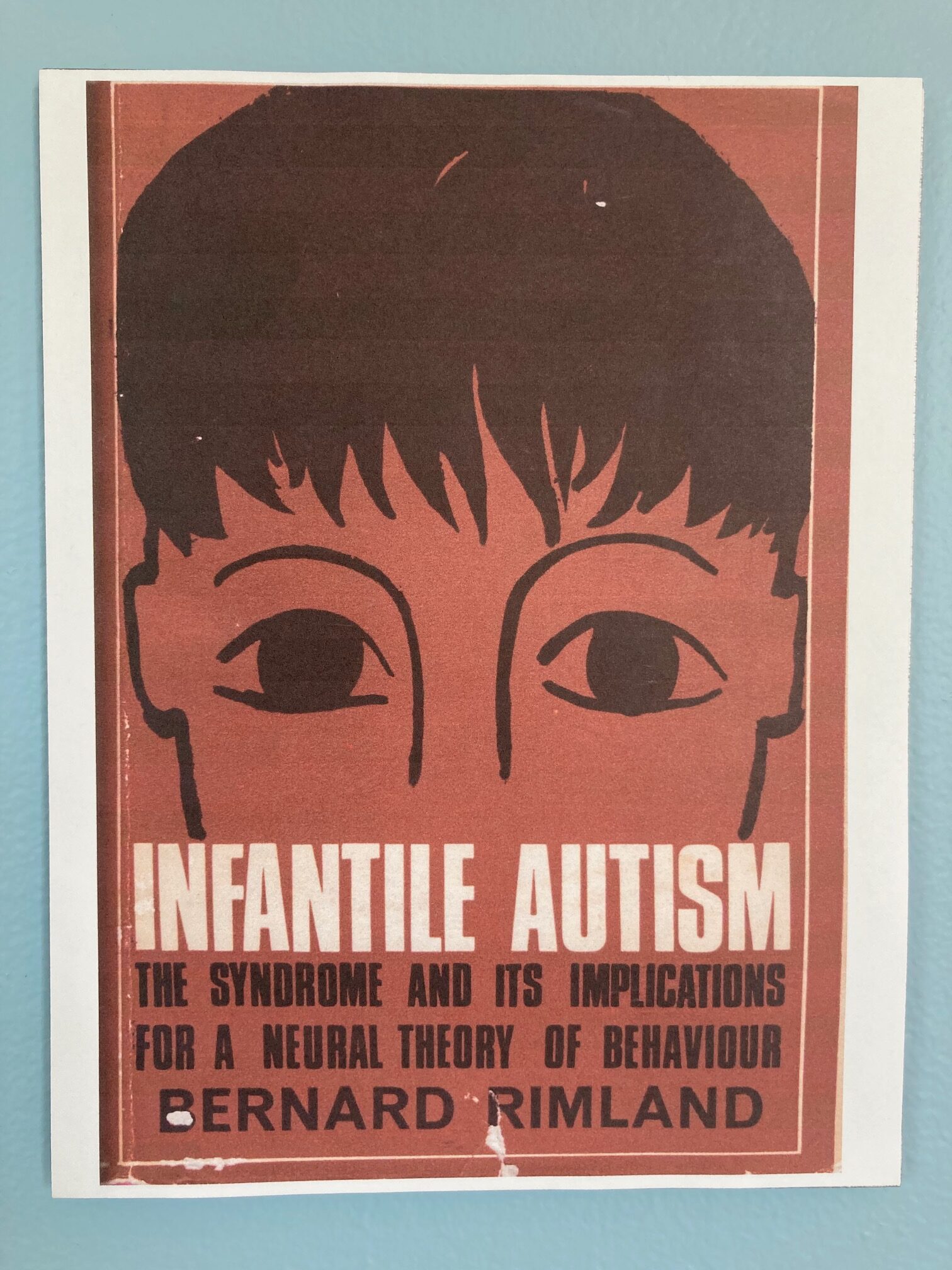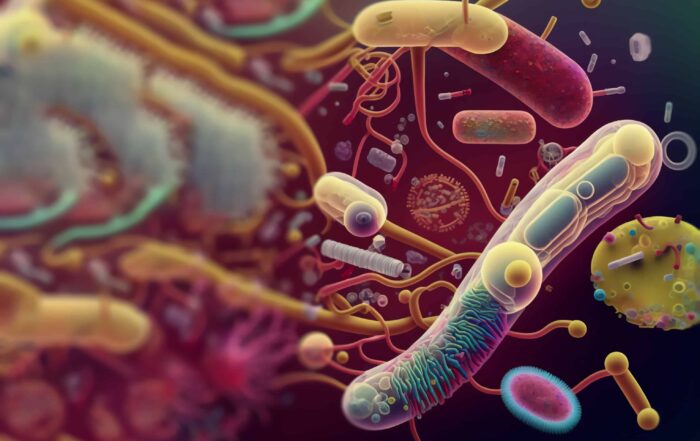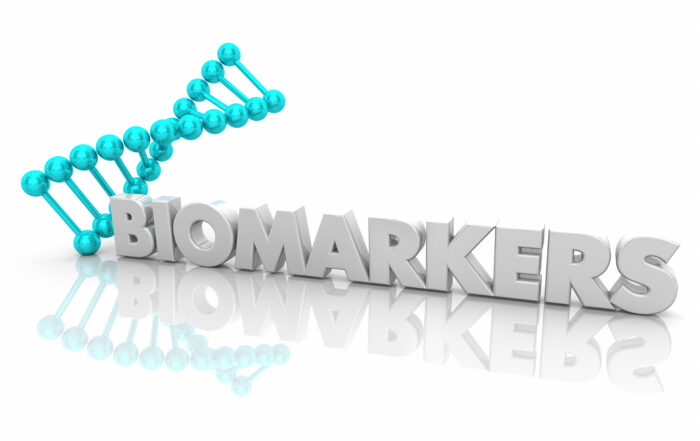Dr. Rimland’s Vision | Why an Autism History Museum? | What to Expect | Hours
Why an autism history museum?
 Museums serve as foundations that preserve and illuminate periods in our collective past. They educate and inspire visitors, ensuring that the rich history and experiences of the people who shaped our world are not forgotten.
Museums serve as foundations that preserve and illuminate periods in our collective past. They educate and inspire visitors, ensuring that the rich history and experiences of the people who shaped our world are not forgotten.
While museums dedicated to art, culture, and science are common, the Autism Research Institute (ARI) recently established a new museum that is the first of its kind: the National Autism History Museum, which stands as a testament to the importance of understanding autism and celebrates the diversity within the autism community.
The National Autism History Museum also seeks to bridge the gap between the autism community and the wider public through its capacity to foster empathy, promote research, and cultivate a society that embraces and supports all individuals on the autism spectrum.

“The future of autism is about building a more inclusive, accepting society that values diversity and recognizes the strengths and abilities of people with autism.” Dr. Bernard Rimland, National Autism Conference, 2002
Preserving the past
The National Autism History Museum endeavors to trace the historical evolution of autism diagnosis, treatment, and eventual support, shedding light on the complex journey that has shaped our understanding of autism. By highlighting the shifting perceptions, theories, and diagnostic criteria employed over time, the museum enables visitors to appreciate the immense progress made in diagnosing and supporting individuals on the autism spectrum.
Through the displays of historical milestones, pioneering research, medical breakthroughs, and the pivotal role of advocacy organizations, visitors gain insights into the challenges faced by autistic individuals and their families throughout different historical periods. This historical perspective encourages reflection on the progress achieved thus far and highlights areas that call for further attention and development.
Challenging stereotypes and promoting understanding
Societal misconceptions and stigmas surrounding autism continue today, resulting in many individuals on the spectrum experiencing marginalization and discrimination. The National Autism History Museum serves as an educational resource, challenging stereotypes and misconceptions about autism. Through interactive exhibits and educational displays, visitors gain a deeper understanding of the diverse strengths, talents, and challenges experienced by individuals on the autism spectrum. This increased awareness promotes acceptance and creates a more inclusive society.
The museum is a valuable resource for visitors of all ages, backgrounds, and levels of familiarity with autism. The enhanced understanding and awareness that these visitors gain will contribute to the creation of a more inclusive society that embraces neurodiversity and advocates for the rights and needs of autistic individuals.
Conclusion
Through the preservation and documentation of autism history, the National Autism History Museum ensures that the experiences, struggles, and achievements of individuals on the autism spectrum are fully appreciated. As more artifacts arrive from researchers across the globe, the displays and information will evolve to more clearly reflect the diversity and collaboration innate to autism research and advocacy—and as more stories are told, our shared future will become more evident.
The National Autism History Museum holds immense value for society at large. It provides a comprehensive representation of the past, inspires and empowers the autism community, helps to advance research and innovation, and fosters a sense of community and support. By embracing the richness of neurodiversity, the museum helps to shape a future where individuals on the autism spectrum are valued, understood, and provided with the resources and opportunities they deserve. Visiting the museum is a remarkable journey that will enhance your admiration for historical achievements while fostering anticipation for future progress.
Some highlights of the museum…
At the wall describing autistic savants, visitors can watch a video of Mark Rimland, an autistic adult, as he explains his remarkable ability in calendar memory. As visitors view an original and still sealed VHS tape of the Academy Award-winning film Rain Man, they can learn how Dr. Rimland’s input on the movie script changed Dustin Hoffman’s character from an intellectually challenged individual to an individual on the autism spectrum.
—
Another exhibit is dedicated to movies with other popular actors and actresses linked to autism in some way, including Elvis Presley, Brooke Shields, and Leonardo DiCaprio.
—
In addition to QR codes and audio tours, the museum provides books to touch and read. Other interactive displays include the galley proof of Dr. Temple Grandin’s most famous book, Thinking in Pictures, and timeline banners that map major historical events from the first description of autism by a Ukrainian clinical researcher in 1925.
—
Several researchers involved in landmark studies have agreed to send related artifacts to exhibit in the museum. The museum has already received a monitor from Dr. Beth Mallow’s classic sleep study and will receive brain tissue slides from Drs. Thomas Kemper and Margaret Bauman’s pioneering research documenting structural impairments in autism. Many more artifacts are arriving weekly from around the world!
—
Did you know that in 2015, Sesame Street introduced Julia, a four-year-old character diagnosed with autism? At the museum, you can find a display featuring a stuffed doll of Julia, along with books and early sketches related to her character. It’s worth noting that Stacey Gordon, the puppeteer who brings Julia to life, is a parent of a child with autism.
—
Visitors to the museum can explore the original 1964 Life Magazine issue that featured an extensive article on Dr. Ivar Lovaas’ UCLA autism clinic. This article specifically examined the use of aversives in the treatment of autism. Additionally, visitors can browse through the first two edited books of science articles on autism published during the 1970s, as well as artifacts leading up to the present date.
Museum Hours: Monday-Thursday, 10 a.m. to 12 noon or by appointment.
To schedule a visit:
email – NationalAutismHistoryMuseum@ autism.org or
call – (619) 537-9211
Address: 4186 Adams Ave., San Diego, CA 92116
Stephen M. Edelson, Ph.D.
Executive Director, Autism Research Institute
Read Part 1 – Highlighting Bernard Rimland’s Vision and Contributions to the Autism Field
This editorial originally appeared in Autism Research Review International, Vol. 37, No. 2, 2023
Editorial – Fecal Microbiota Transplantation and Autism
Over the past several years, Fecal Microbiota Transplantation (FMT) has become the subject of growing interest in the autism community due, at least in part, to the increased awareness of the gut-brain
ARI’s Latest Accomplishments
Connecting investigators, professionals, parents, and autistic people worldwide is essential for effective advocacy. Throughout 2023, we continued our work offering focus on education while funding and support research on genetics, neurology, co-occurring medical
Biomarkers start telling us a story: Autism pathophysiology revisited
Antonio Persico, MD, a recent ARI Research Grant recipient, explores the role of biomarkers in understanding autism pathophysiology. He discusses the complexity inherent to neurodevelopmental conditions and emphasizes the need to combine




